The Pink Pussycat Club
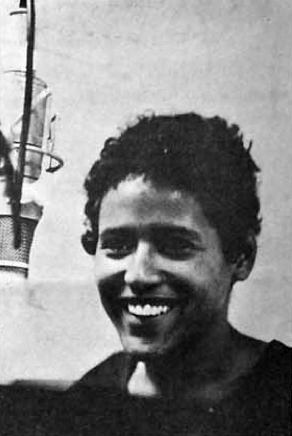
“Racism and sexism in America were equal parts in my oppression.”
In 1968 the Beatles sang, “You say you want a revolution…” A fist-raised woman would have been in agreement with the British boy band’s lyric. The black activists of the 1960s civil rights era were male; their wives were expected to serve as handmaidens-or widows- to their cause. Thus it was all the more shocking when a female rebel-rouser assumed control of the most misogynistic arms of the Movement.
The Lady Vanished
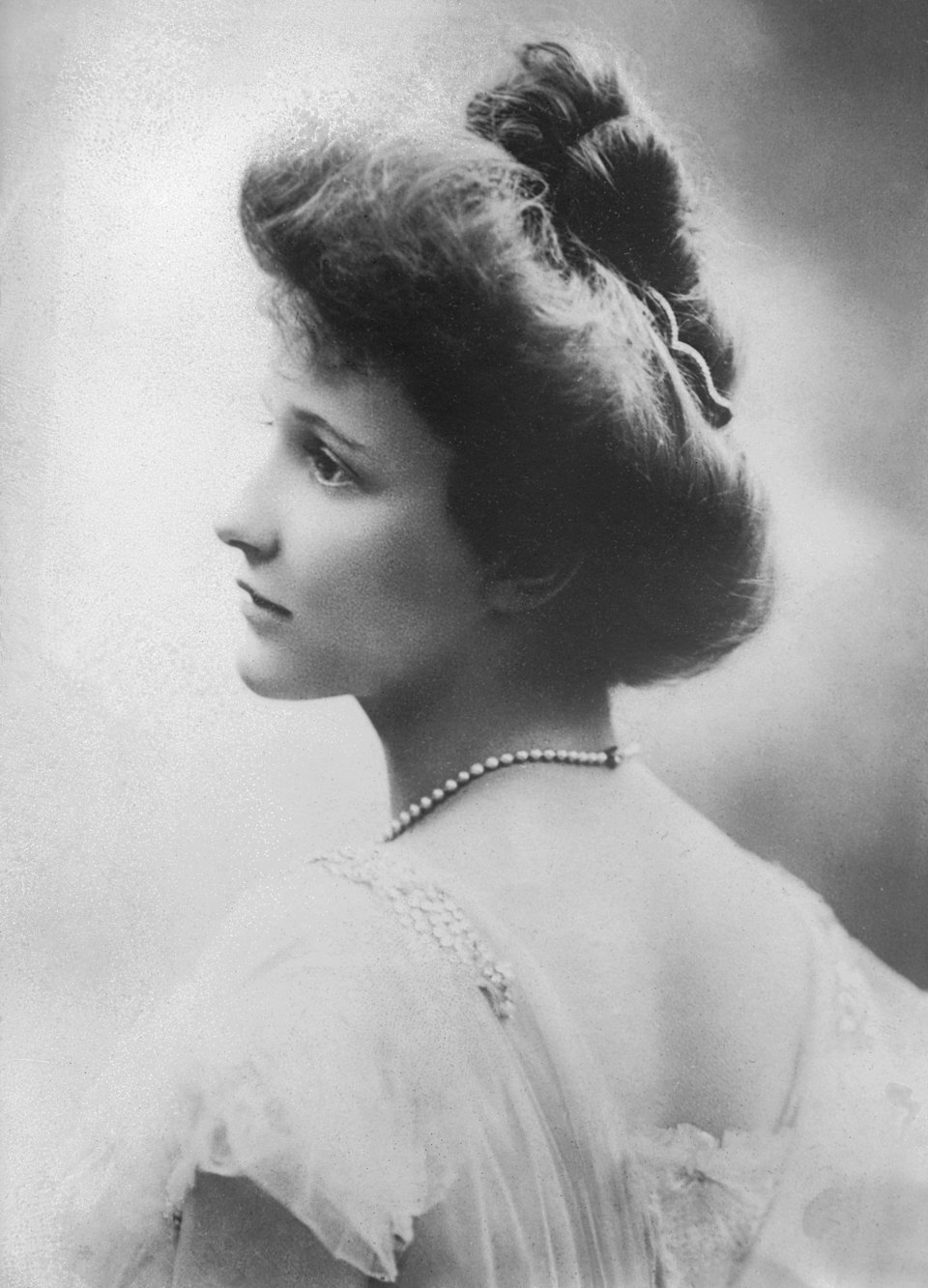
“In passing, also, I would like to say that the first time Adam had a chance he laid the blame on a woman.”. “Nancy, Viscountess Astor
While many of the Gilded Age gals whiled away their time in a swirl of opera, balls, and gossip, dollar princess Nancy, Viscountess Astor, became the British version of Eleanor Roosevelt as the first woman to infiltrate the British Parliament’s all-male sanctuary.
Lilibet

Monkey's Uncle

“Make yourself at home, no one wishes you were there more than I do.” Mamie Fish
In 1979, Judy Chicago displayed “The Dinner Party” a sculpture that featured three forty-eight-foot-long tables-the gathering of notable women of Western civilization- from the ancient Greek lesbian poet Sappho to the first female physician, Elizabeth Blackwell. Despite Judy’s prodigious oeuvre, the work, (now in the Brooklyn Museum,) cemented the artist’s reputation. Similarly, Marion (Mamie) Fish’s dinner parties made her a member of the Gilded Age golden girls.
The Wizard of Wall Street
.jpg)
“A good businesswoman is often sharper than a good business man.”–Hetty Green
Martin Scorsese’s 2013 film portrayed Jordan Belfort–a real-life Jay Gatsby–a rapacious predator who earned the sobriquet “The Wolf of Wall Street.” Predating Jordan was the nineteenth century Hetty Green whose detractors dubbed “The Witch of Wall Street.”
My Gold
.jpg)
The Venetian Princess

"I know of no profession, art or trade that women are working in today," she declared, "as taxing on mental resources as being a leader of society." Alva Vanderbilt Belmont
One of the greatest female feuds in history was the sixteenth century fight between frenemies Elizabeth I of England, and her cousin, Mary Queen of Scots. A nineteenth century tug-of-war was between Gilded Age powerhouses Caroline Astor and Alva Vanderbilt. Although the latter did not end with a decapitation, it forever altered the fabric of The Four Hundred.
And No Friends
.png)
The Crazy Ones

The Woman in Pink

The Rain (1830)
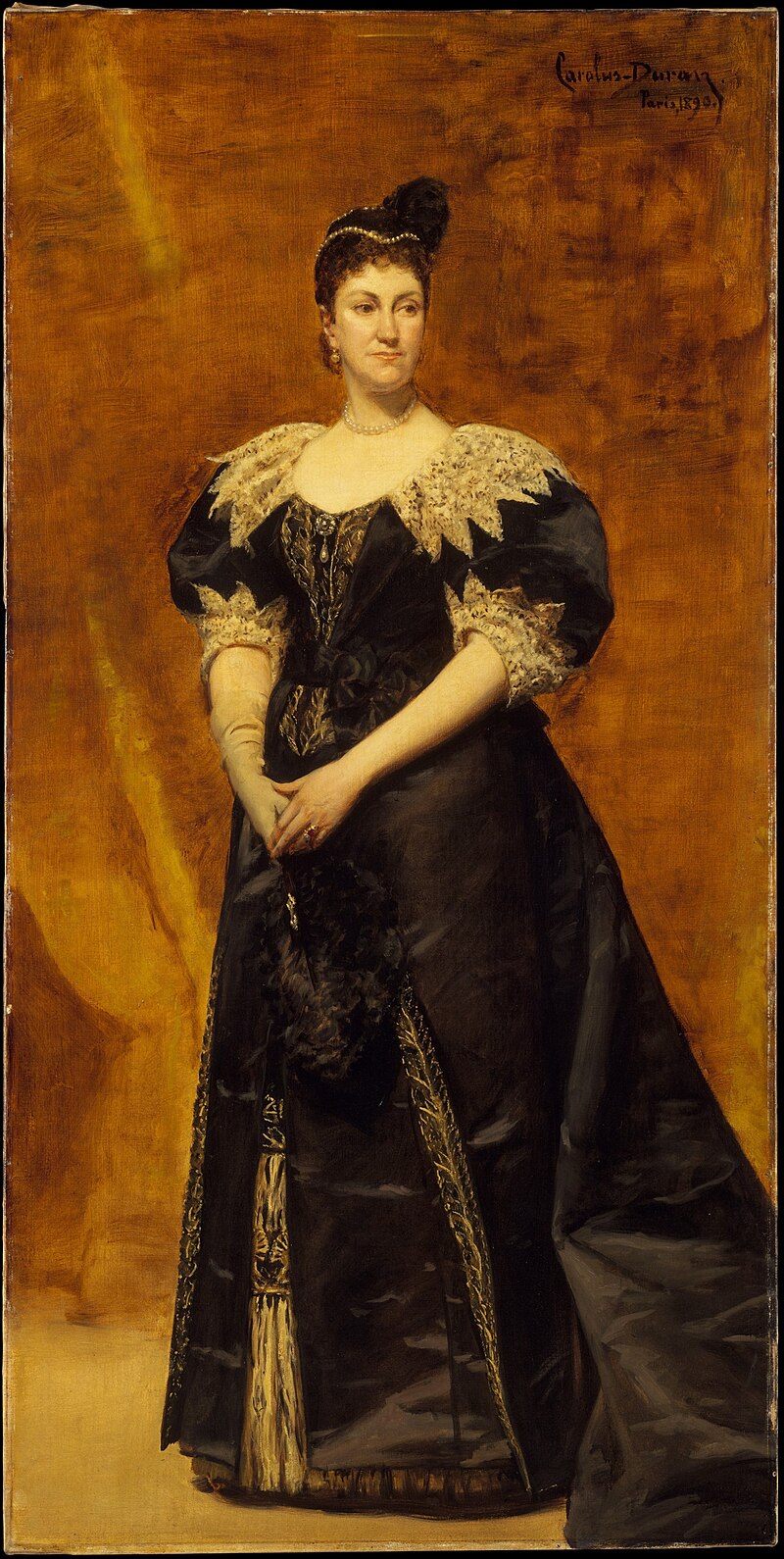
“The time has come for the Vanderbilts.” ~Caroline Schermerhorn Astor
America’s greatest fortune began with beavers. John Jacob Astor, from Walldorf, Germany, the son of a butcher, arrived in America in 1784. He wrote to his friend, “I AM mush presd for maney.” In the ensuing decades, John’s fortune -though not his spelling- improved. He amassed astronomical wealth by selling North American beaver pelts, a fashion favorite. Putting profit over humanity, he paid the indigenous trappers with alcohol, (cheaper than cash,) and used his profits to purchase seventy acres of Manhattan Island -still mainly farmland-that later transformed to Times Square, and a vast tract of land that extended from Broadway to the Hudson River. His son, John Jacobb Astor Jr. nicknamed The Landlord due to his vast holdings, leased his properties to slum-dwelling tenants. When the founder of a dynasty passed away, the erstwhile penniless immigrant was America’s first multi-millionaire. While John Jacob Astor made his family the modern Midas, it was his grandson that delivered social status.
Was It Worth It?
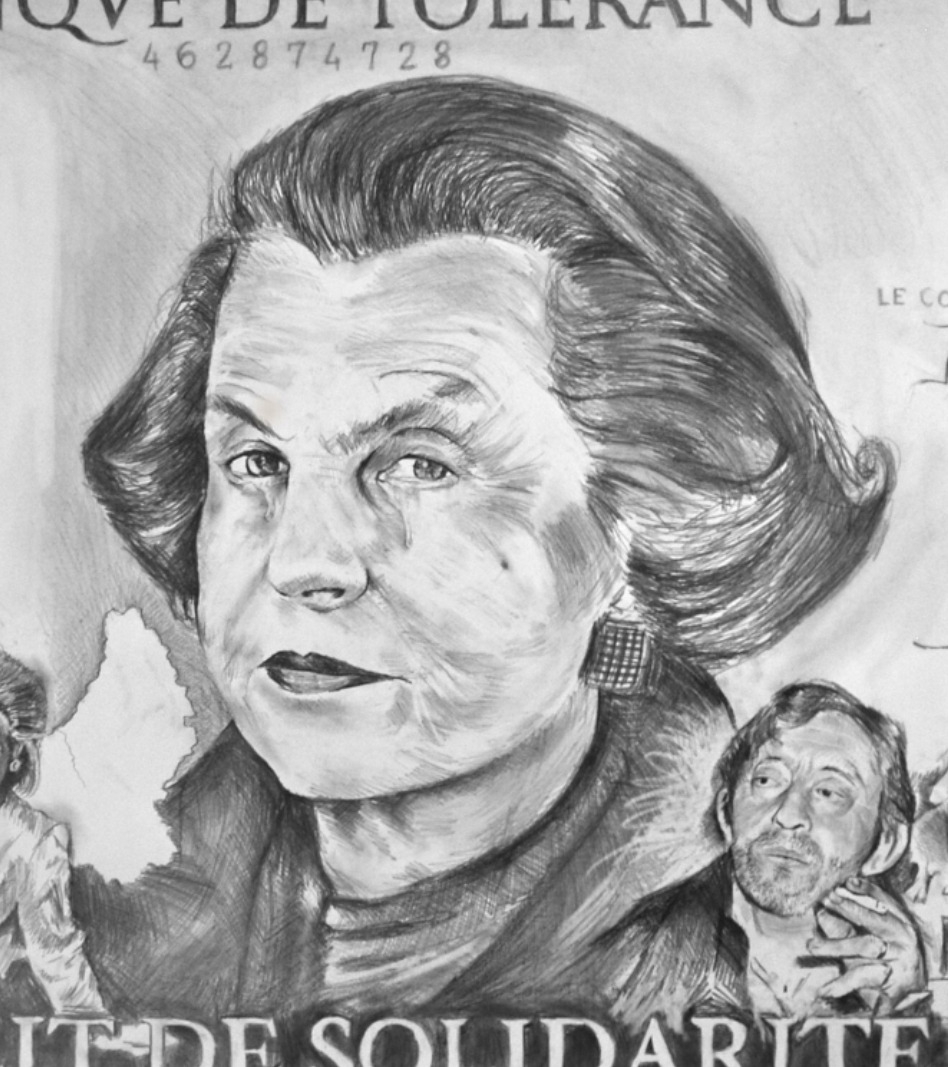
Travel Books-Women's Home Museums
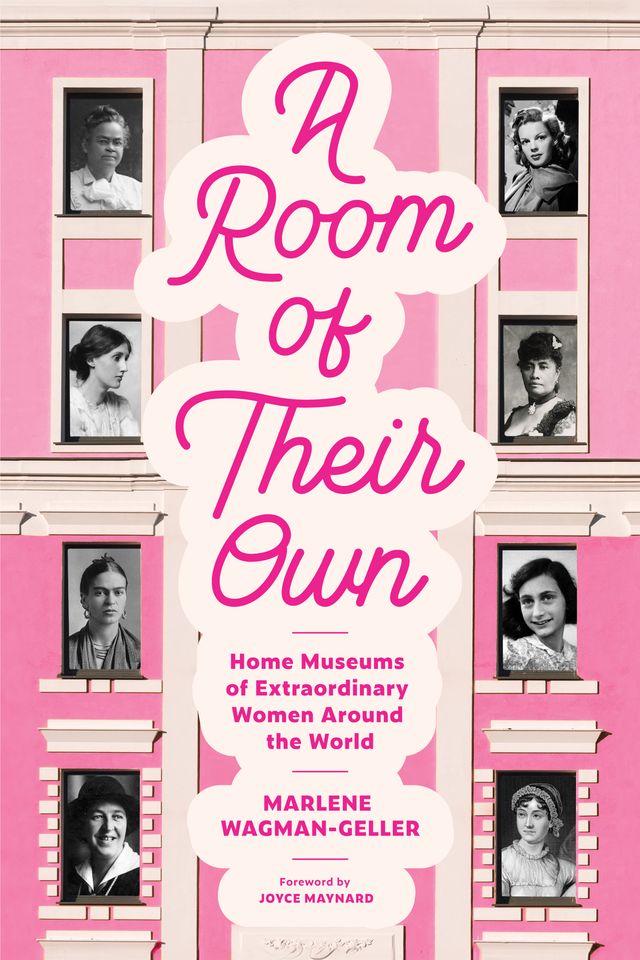
Do Not Pass Go...
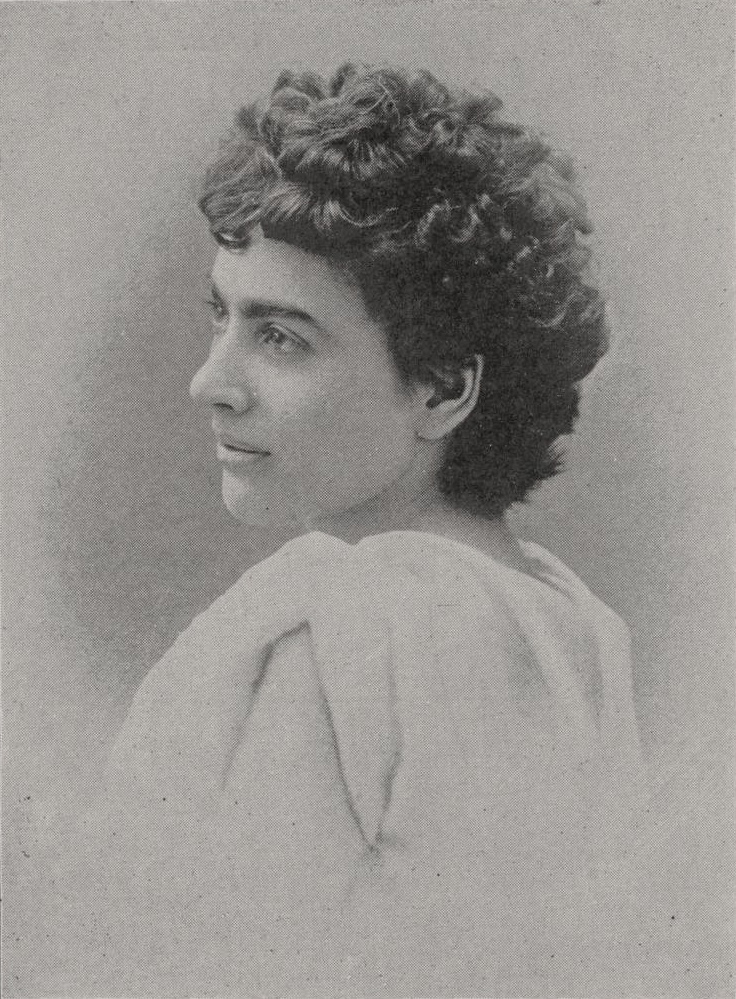
Bubbikins

Conundrum

“I had visited and portrayed, during thirty years of more or less constant travel, all the chief cities of the earth." ~Jan Morris
As one of the most acclaimed foreign news correspondents of the twentieth century, Jan Morris was forever on the move: Nepal, Jerusalem, Cuba… However, the most danger fraught border she crossed was burying her former self to enable her new one to live.
Mr. Bojangles

I Will What I Want

Rainbow

The Black Sky (1910)
.jpg)


